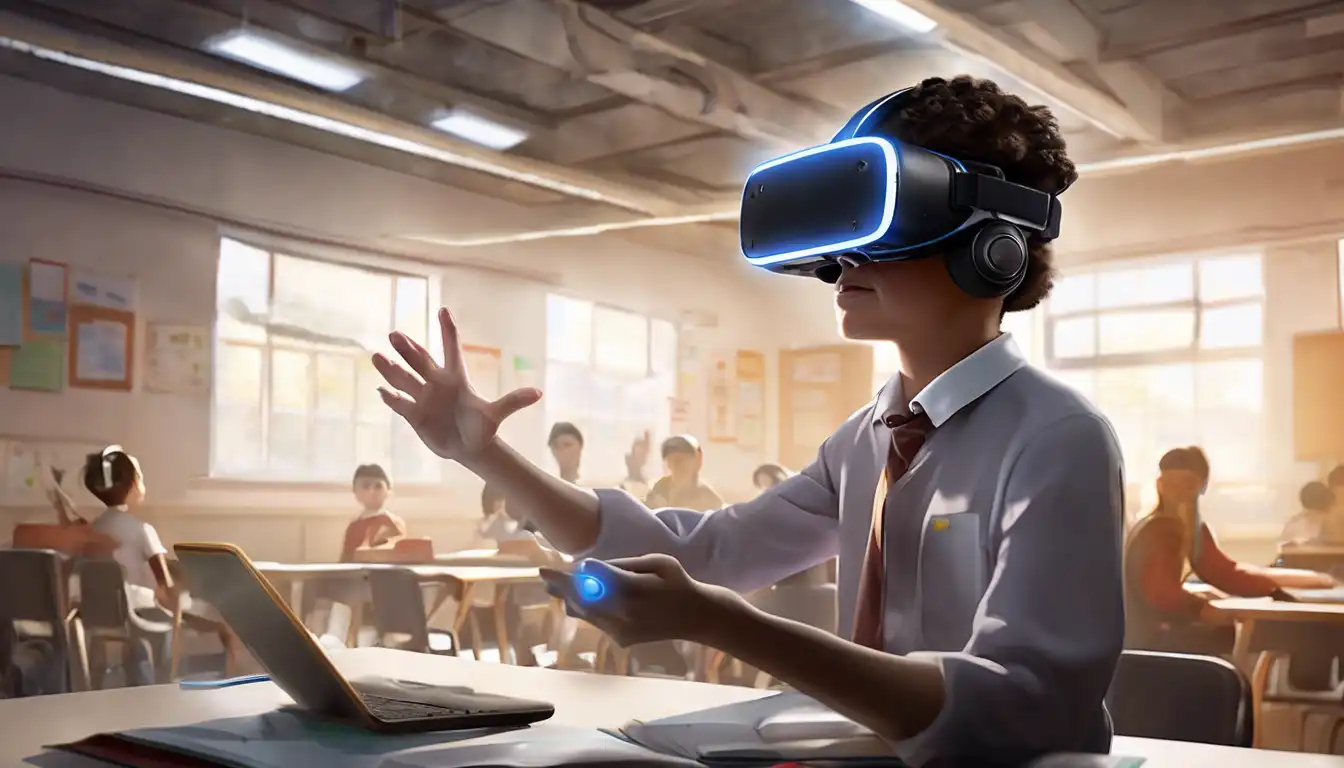The Transformative Impact of Virtual Reality on Learning and Skill Development
Virtual Reality (VR) technology has been making waves across various sectors, but its potential in education and training is particularly groundbreaking. By creating immersive, interactive environments, VR offers unparalleled opportunities for experiential learning and skill acquisition. This article delves into how VR is reshaping the educational landscape and training methodologies.
Immersive Learning Experiences
One of the most significant advantages of VR in education is its ability to simulate real-world environments. Students can explore historical sites, dissect virtual frogs, or even travel through the human bloodstream, all from the safety of their classroom. This level of immersion enhances understanding and retention, making learning more engaging and effective.
Enhanced Training Programs
In the realm of professional training, VR provides a safe and controlled environment for practicing complex or dangerous tasks. From medical surgeries to flight simulations, trainees can hone their skills without the risks associated with real-life training. This not only improves competency but also significantly reduces training costs and resources.
Accessibility and Inclusivity
VR technology has the potential to make education more accessible to people with disabilities or those in remote areas. Virtual classrooms can bring high-quality education to students who might otherwise be excluded due to physical or geographical limitations. This inclusivity is a step forward in democratizing education.
Challenges and Considerations
Despite its benefits, the integration of VR into education and training is not without challenges. The cost of VR equipment and the need for technical support can be prohibitive for some institutions. Additionally, there is a learning curve associated with using VR technology, which may require additional training for educators and trainers.
Looking ahead, the potential of VR in education and training is immense. As technology advances and becomes more affordable, we can expect to see wider adoption and even more innovative applications. The key to success lies in addressing the current challenges and ensuring that VR is used to complement, not replace, traditional learning methods.
For more insights into how technology is transforming education, check out our article on The Future of Education Technology.
